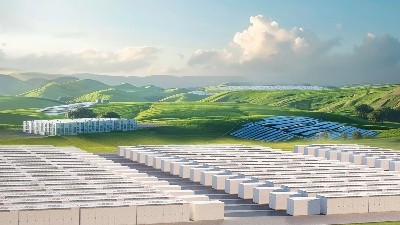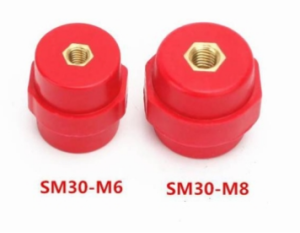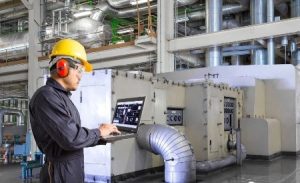Electronic Components Supplier | Transformers, Inductors, Inverters
The global energy landscape is undergoing a radical transformation. While adopting alternative sources of energy like solar and wind is crucial, the real game-changer lies in their seamless integration of alternative energy into our existing grids and infrastructure. This move beyond standalone systems toward a unified, smart network is the key to building a resilient, efficient, and sustainable future. This article explores the critical importance, components, and hot trends driving the integrated energy revolution.
Why Integration is the Cornerstone of the Energy Transition
Simply installing more solar panels and wind turbines isn’t enough. These renewable energy sources are inherently intermittent—the sun doesn’t always shine, and the wind doesn’t always blow. Energy integration solutions address this fundamental challenge by combining various generation sources, storage systems, and smart management to ensure a stable, reliable, and continuous power supply. This holistic approach maximizes the use of clean energy and minimizes reliance on fossil fuels.

Key Components of a Successful Integrated Energy System
An effective integrated system is a sophisticated ecosystem of technologies working in harmony. Its core components include:
1. Diverse Generation Sources
The foundation lies in a diversified mix of alternative energy sources. This includes ubiquitous solar power integration, wind energy integration, hydropower, geothermal, and green hydrogen. Diversity mitigates the risk associated with relying on a single weather-dependent source.
2. Advanced Energy Storage (ESS)
Energy storage systems are the linchpin of integration. Technologies like lithium-ion batteries, flow batteries, and pumped hydro storage act as a buffer. They store excess energy generated during peak production times (e.g., sunny afternoons) and discharge it during periods of high demand or low generation, effectively “smoothing out” the supply.
3. Smart Grids and AI Management
A traditional grid cannot handle the bidirectional and variable flow of distributed energy. Smart grid technology uses sensors, IoT devices, and artificial intelligence to monitor, predict, and manage energy flow in real-time. This enables dynamic balancing of supply and demand, preventing blackouts and optimizing efficiency.
4. Electric Vehicles (EVs) as Mobile Assets
The rise of electric vehicles presents a massive opportunity for alternative power integration. Through Vehicle-to-Grid (V2G) technology, EV batteries can be used as distributed storage units. They can draw power when renewables are abundant and feed it back into the grid during peaks, turning EVs into valuable grid assets.
Hot Trends and Innovations in Energy Integration
The field is evolving rapidly, driven by cutting-edge innovations:
- Green Hydrogen: Excess renewable energy can be used to produce green hydrogen through electrolysis. This hydrogen can then be stored long-term and used to power industries or generate electricity, solving the seasonality issue of renewables.
- AI and Machine Learning: These technologies are revolutionizing renewable energy integration by forecasting generation and demand with incredible accuracy, allowing for proactive grid management.
- Microgrids and Virtual Power Plants (VPPs): Microgrids are localized grids that can operate independently from the main grid. VPPs aggregate the capacity of diverse distributed energy resources (like rooftop solar + home batteries) to function as a single, tradable power plant, enhancing grid stability.

The Tangible Benefits of an Integrated Approach
The advantages of moving toward integrated alternative energy systems are profound:
- Enhanced Grid Reliability and Resilience: Reduces outage risks and creates a more robust defense against disruptions.
- Maximized Renewable Utilization: Dramatically reduces curtailment (wasting excess renewable energy).
- Lower Energy Costs: Optimizes energy use and reduces the need for expensive peak-power plants.
- Accelerated Decarbonization: Paves the fastest and most reliable path to achieving net-zero emissions targets.
Conclusion: The Path Forward is Unified
The transition to a clean energy future is no longer just about generating green power; it’s about weaving it intelligently into the fabric of our energy systems. Integration of alternative energy sources is the critical missing link that will unlock the full potential of renewables. For policymakers, businesses, and homeowners, the focus must shift from individual technologies to holistic, interconnected systems. Investing in energy integration solutions today is an investment in a stable, sustainable, and powerful tomorrow.







